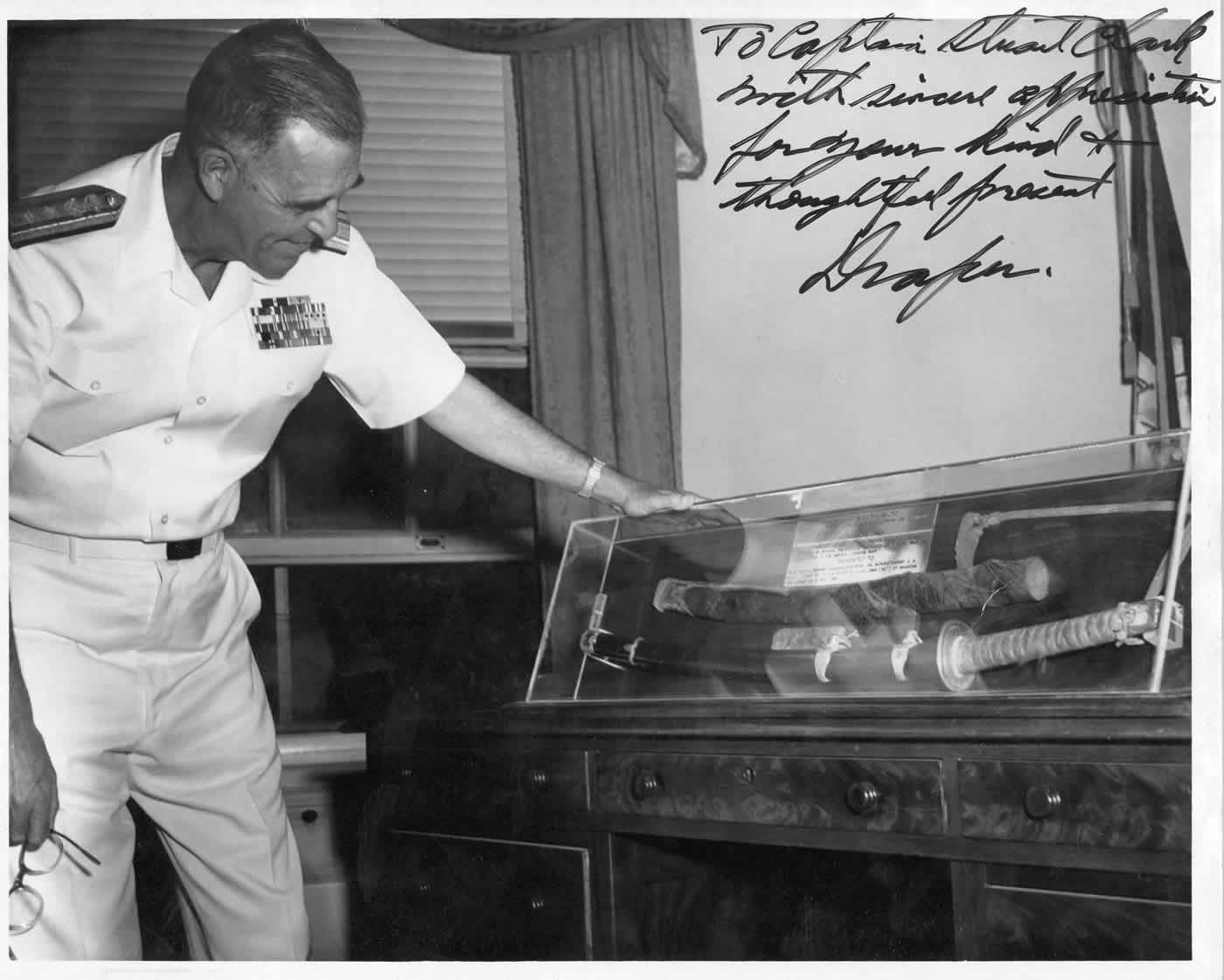The Kuniyoshi Sword
In the chaos of the Battle of Cebu during World War II, as the island shook under the weight of advancing forces, a sword was offered up in surrender. This sword, forged by the master swordsmith Kuniyoshi of Hagi, bore the soul of a samurai long lost to history but ever-present in the silent strength of the blade.
Kuniyoshi, a swordsmith in a time when the way of the samurai had long since passed into legend, crafted his blades with the old codes in mind. Each sword he made was not just a weapon—it was a connection to the past, to the honor-bound warriors who once carried their lives on the edge of steel. The sword offered was a katana with a Hamon line that shimmered like waves upon the sea, its edge honed to perfection.
The Battle of Cebu came as a fierce storm, and the remnants of Japan’s imperial soldiers fought to defend their position. When the time came, the sword was brought forth and offered as a symbol of their submission. As the American forces accepted the surrender, they were unaware that they were holding not just a relic of war, but the legacy of a samurai’s soul. The blade, while no longer wielded in battle, still held the quiet power of its lineage, an unbroken chain of duty, honor, and sacrifice stretching back centuries.
In Japanese tradition, it was believed that a samurai’s soul resided in his sword, and in this case, Kuniyoshi’s sword held the spirit of warriors who had long since passed. Even in the hands of those unfamiliar with its history, it retained the strength of its purpose—a symbol of a family’s unyielding devotion to the ways of the warrior.

Kuniyoshi’s blade reminded those who touched it that honor outlasted even the greatest of conflicts, that a samurai’s duty was eternal, and that the legacy of Japan’s ancient warriors lived on, even in a world forever changed by war.
The note reads, “Capt. Clark was the aid of Vice Admiral James L. Kauffman and served as Commander of Naval Forces Philippines. The image here is signed: To Captain Stuart Clark with sincere appreciation for your kind & thoughtful present. Draper.”
This sword is on display in the Museum’s World War II Gallery. It was presented to Admiral Draper Kaufman by Captain Stuart Clark, who accepted it on behalf of the Japanese combatants as a sign of surrender in Cebu. Admiral Draper Kaufman is regarded as the father of what would become the U.S. Navy SEALs. It was under his leadership that the elite Underwater Demolition Teams of World War II evolved into the Navy’s most formidable Special Operations Force.
Visit the National Archives Catalog for more: https://catalog.archives.gov/id/18964
